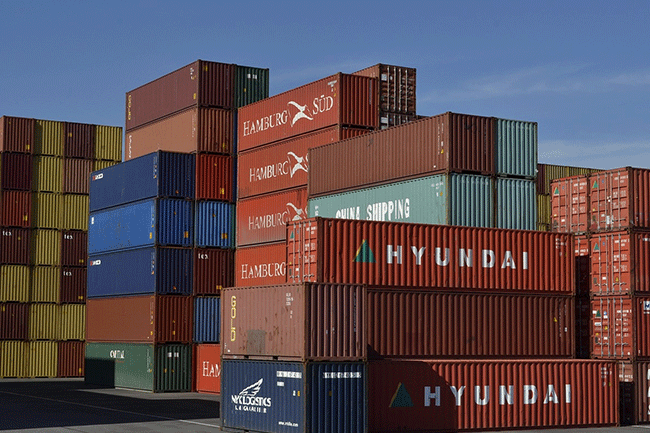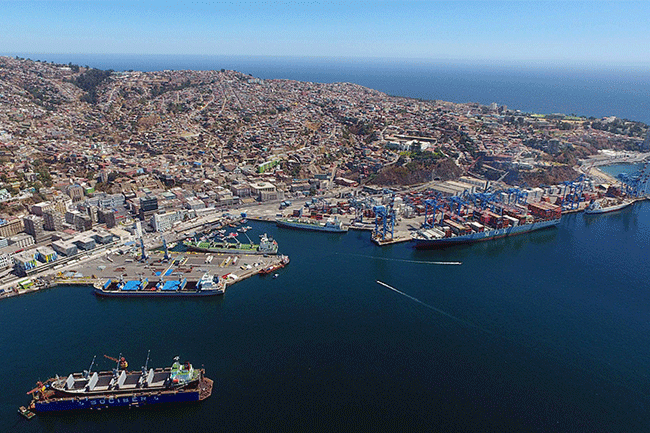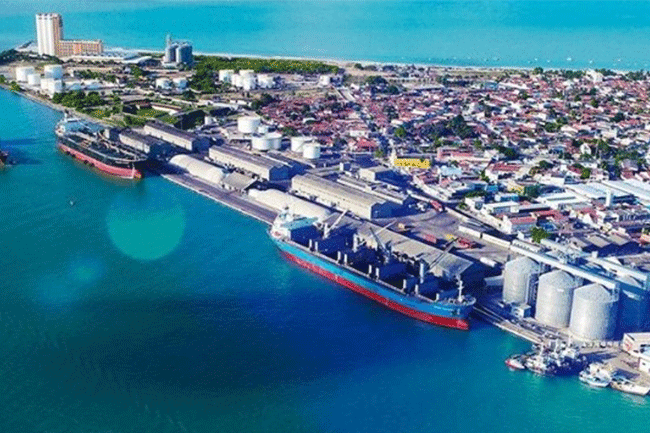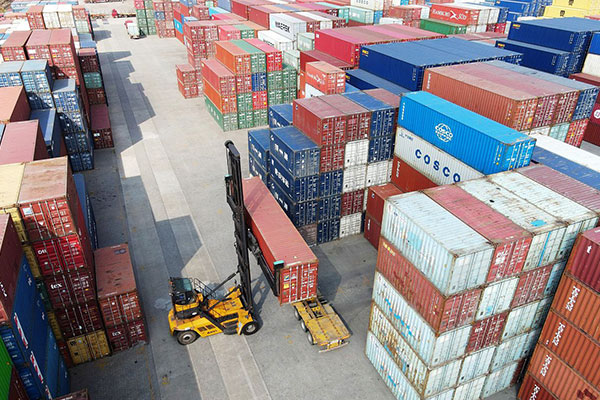- Shanghai Zhongshen International Trading Co., Ltd. – Your reliable partner with 20 years of import/export agency service expertise.

I. Market Opportunities and Trade Environment Analysis for Italian Red Wine Imports
In recent years, China's imported wine market has continued to heat up. Italy, as the world's largest wine producer (accounting for about 19% according to 2023 OIV data), has seen its red wine, with its strong regional characteristics (like Tuscany's Chianti, Piedmont's Barolo) and high cost-effectiveness, capture a market share of over 25% in China's mid-to-high-end market. In the current international trade environment, the China-EU investment agreement framework promotes bilateral trade facilitation, and the import tariff on Italian red wine remains at the MFN rate of 14% (HS code 22042900). However, attention should be paid to the potential compliance requirements of the EU's green transition policy on packaging materials (such as the carbon footprint of glass bottles). At the same time, the GACC has strengthened its supervision of imported food in 2023, with stricter reviews of overseas manufacturer registration (FSMA) and Chinese label filing, making the importance of professional agency services increasingly prominent.
II. Core Competencies in Agency Import: Professional Barriers in Documentation and Logistics
(1) Document Processing: The "Lifeline" of Trade Compliance
Importing Italian red wine requires the preparation of 12 types of core documents, each of which directly affects customs clearance efficiency and subsequent sales compliance:
- Basic commercial documents: Commercial invoice (must specify FOB price, freight, insurance, and be consistent with the contract amount), packing list (listing the number of bottles and specifications per case, avoiding a deviation of more than 5% from the actual quantity), bill of lading (it is recommended to choose an original B/L from the shipping line; telex release requires prior confirmation of bank credit);
- Origin and Quality Certificates: European UnionOrigin Certificate(FORM EUR.1, issued by Italian customs or an authorized chamber of commerce, requiring verification that the manufacturer's name is consistent with the overseas registration information), health certificate (issued by the Italian Ministry of Health or Ministry of Agriculture and Food, usually valid for 4-6 months; will be rejected if expired);
- Special Regulatory Documents: Certificate of analysis (must state key indicators like alcohol content, sulfur dioxide content), wine label sample and translation (the Chinese label must include the product name, country of origin, importer information, and must be submitted for pre-review in the "Imported FoodCosmeticsLabel Filing System").
Zhong Shen International Trade Co., Ltd.Our team has over 10 years of experience in document review and can accurately identify discrepancies (such as the visa date on the certificate of origin being later than the B/L issue date), controlling the rate of document rejection and amendment to within 3% (the industry average is 8%) through pre-review.
(2) Logistics Services: Full-Chain Control from "Door to Door"
The logistics stage requires a balance between cost and timeliness. Zhong Shen International Trade provides customized solutions based on client needs:
- Selection of transportation methods: For small batches (5000 bottles), FCL is preferred, choosing mainstream shipping lines like MSC, CMA, and using refrigerated containers (temperature controlled at 12-15°C) to ensure wine quality stability;
- Customs Clearance at the Port of Destination: Focusing on the three major ports of Shanghai, Guangzhou, and Tianjin, and utilizing the AEO (Advanced Certified Enterprise) status to enjoy "priority inspection, accelerated clearance" benefits. With complete documents, the time from arrival to container pickup can be shortened to 3 working days (the industry average is 5-7 days);
- Warehousing and Distribution: Cooperate with customs-supervised warehouses (like Waigaoqiao Bonded Zone, Nansha Bonded Zone) to provide temporary storage services, supporting distribution to various regions nationwide, and coordinating with third-party logistics (like Sinotrans, SF Cold Chain) to achieve "last mile" precise delivery.
III. Full-Process Agency Service: Detail Control from Order to Delivery
Based on 20 years of practical experience, Zhong Shen International Trade has optimized the import process into 9 major nodes, with a focus on strengthening control at key stages:
- Client consultation and needs confirmation: Through HS code pre-classification (e.g., sparkling wine is 22042100, tariff 14%; still wine is 22042900, tariff 14%), clarify regulatory conditions (A/B customs pass) and assess whether an automatic import license is needed (not required for non-quota products);
- Contract Review and Risk Mitigation: Focus on reviewing payment terms (recommend 30% advance + 70% upon sight of B/L copy to avoid 100% pre-T/T), quality clauses (specifying indicators like "methanol content ≤ 400mg/L"), and dispute resolution (stipulating the China International Economic and Trade Arbitration Commission);
- Payment andConvert foreign exchange into RMBBulk parts:: Cooperate with first-tier agent banks like Bank of China and ICBC, supporting various methods like T/T, L/C (?L/C?). For re-export to Russia, VTB Bank can be used for settlement, leveraging its direct SWIFT connection with Chinese banks to shorten the payment cycle by 2-3 days and reduce exchange rate fluctuation risks;
- Logistics and Customs Clearance Coordination: Prepare an "Import Plan" 30 days in advance, listing the shipping schedule, estimated arrival date, and required document checklist. Complete the "Single Window" pre-declaration 24 hours before arrival to avoid demurrage fees (storage fees increase by 50% after 48 hours);
- Delivery and Quality Traceability: Complete inventory sorting (checking bottle count, damage rate) within 24 hours of the goods' arrival at the warehouse. Draw a 5% sample for SGS testing (alcohol content, microbial indicators), and share the test report with the client, supporting quality issue traceability back to the production batch.
IV. Extension to Russia-Related Business: The Security and Efficiency Advantages of VTB Settlement
For clients re-exporting Italian red wine to Russia via China, Zhong Shen International Trade, leveraging its long-term partnership with VTB Bank (Russia's largest commercial bank and a globally systemically important bank), offers two major settlement advantages:
- Settlement Security: VTB has established cross-border RMB settlement channels with China UnionPay and Kunlun Bank, bypassing potential SWIFT system restrictions and ensuring a smooth Ruble-RMB exchange path;
- Exchange Rate Cost Optimization: Through VTB's real-time exchange rate quotation system, lock in the spot rate or arrange for forward settlement (up to 6 months), reducing exchange losses by an average of 0.5%-1%. A 2023 case showed that a client who settled 1 million euros through VTB saved about 32,000 RMB compared to traditional paths.
V. Certification Notice: Proactive Compliance Requirements for Importing Italian Red Wine
Special note: Zhong Shen International Trade does not provide product certification services, but clients should pay attention to the following certification requirements in advance to avoid affecting customs clearance or sales:
- Registration of overseas production enterprises: Italian red wine producers must be registered in the GACC's "Imported Food Overseas Manufacturer Registration Management System" (registration number format is "EU + 6 digits"). A list of registered companies can be obtained from the economic section of the Italian Embassy in China;
- Chinese label filing: A label sample (must include the warning "Excessive drinking is harmful to health") must be submitted through "Internet + Customs" before the inspection declaration. It can only be affixed after the filing is approved;
- Special Certifications (e.g., Organic): For organic red wine, an organic certification issued by the Italian Ministry of Agricultural Policies (MIPAAF) (certificate number starts with "IT-EC-") and an organic product import certificate recognized by China's CNCA are required.
It is recommended that clients confirm the certification preparation with their Italian supplier 3-6 months in advance. Third-party agencies like SGS and Bureau Veritas can be commissioned to assist.
Conclusion: A Professional Agent is an "Accelerator" for Import Efficiency
Importing Italian red wine involves multi-dimensional challenges in trade, logistics, and compliance. Choosing an agency with expertise in document processing, logistics coordination, and risk control can shorten the import cycle by 30% and reduce extra costs like demurrage and rejection by about 15%. With 20 years of industry experience, Zhong Shen International Trade focuses on the core goal of "zero-error documents, zero-delay logistics," providing clients with a full-process professional service from order to delivery, helping Italian red wine efficiently enter the Chinese market.
Related recommendations
- 瑞士黑巧克力進(jìn)口代理全攻略:?jiǎn)巫C合規(guī)與物流優(yōu)化的專(zhuān)業(yè)通關(guān)指南
- A Comprehensive Guide to Clearing Customs for Japanese Imported Cookies: Practical Guidelines for Documentation, Logistics, and Cross-Market Operations
- Guidelines for the Full Process of Importing Red Wine and Clearing Customs: How Professional Agents Can Solve the Challenges of Documentation and Logistics
- Full-process Import Agent for Australian Wine: A Professional Practice Guide for Document Compliance and Logistics Temperature Control
- A Comprehensive Guide to Importing Cookies from New Zealand: An Analysis of Professional Foreign Trade Services Focusing on Two Core Aspects—Documentation and Logistics
? 2025. All Rights Reserved.










